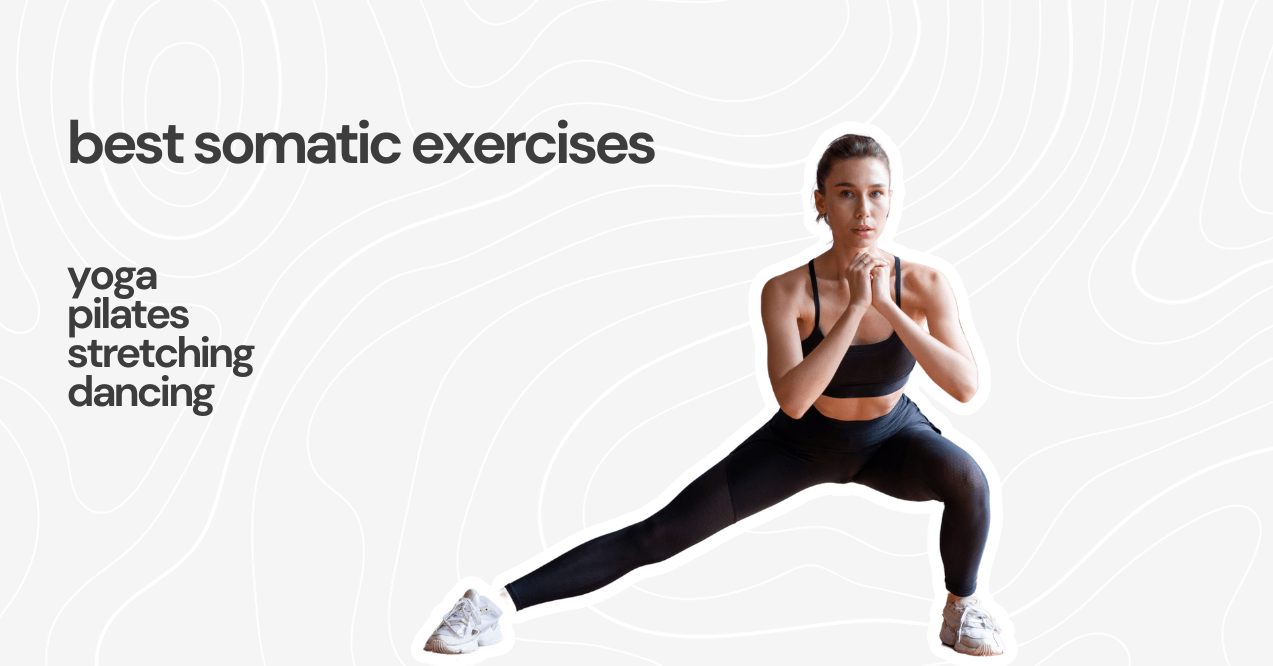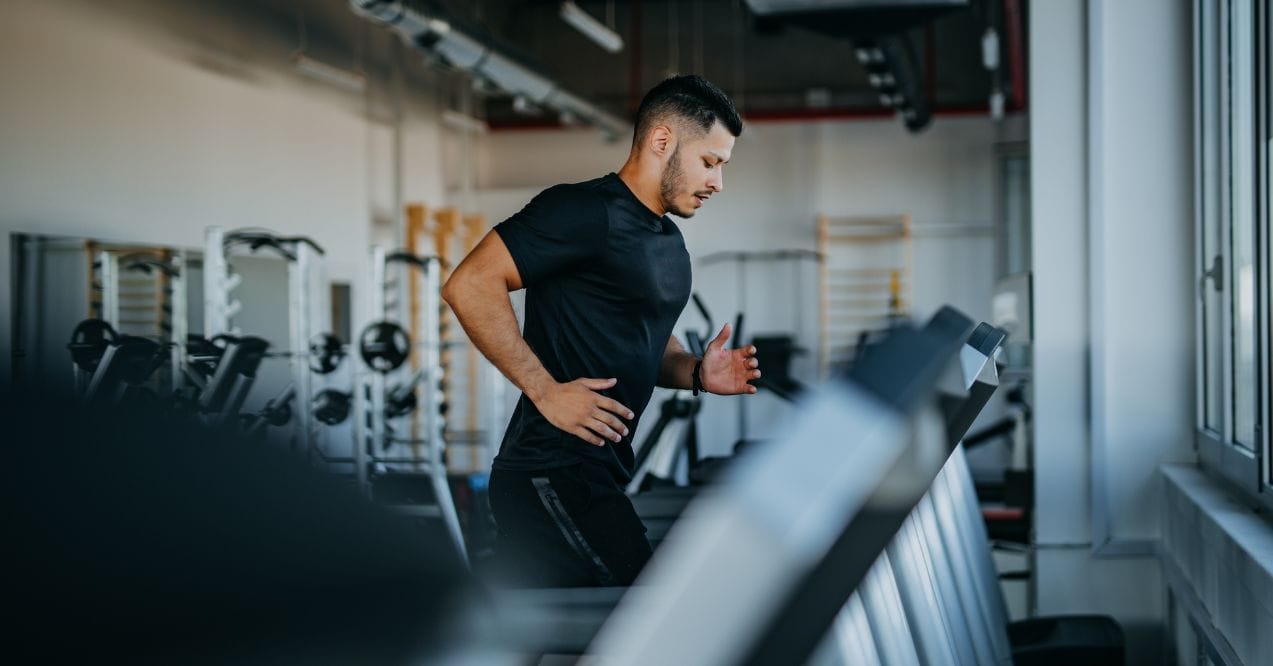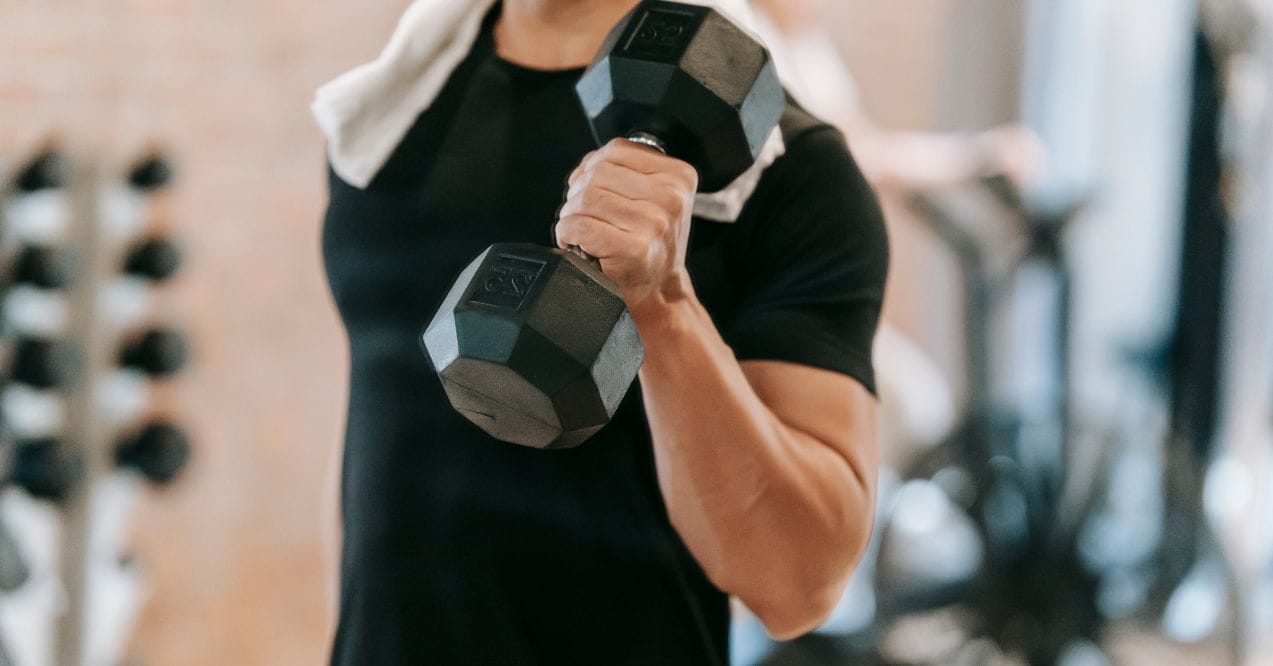What is a Somatic Workout? Its Benefits and How to Start
Are you wondering what a somatic workout is? Somatic workouts use slow, mindful movements to build a strong mind-body connection. The focus is on how you feel inside, not just your physical results.
Somatic exercises help you understand how your feelings affect your body. They’re popular for reducing stress, boosting mindfulness, and improving sleep by releasing body tension. These workouts are gentle, aiding in pain relief and enhancing balance and flexibility. They aim to merge body and mind for overall wellness. For those looking to complement their somatic routine, incorporating bone broth supplements can support joint health and recovery, while creatine supplements and a muscle gain stack can help enhance muscle strength and endurance.
When doing these exercises, it’s key to tune into your body and its movements. The interesting part? The benefits differ for everyone, so nothing’s stopping you from giving them a try. If you’re curious about what they involve, hang tight. We’re about to explore the world of somatic workouts, their history, their perks, and the various exercises you can try.
If you are not new to somatic movement, check out our 14 day somatic workout plan!
Key takeaways:

What Is a Somatic Workout?
Somatic workout exercises focus on being aware of how you move, breathe, and feel. These slow and thoughtful movements help you connect your mind and body without pushing too hard. They make it easier to blend your thoughts with your physical and emotional sensations.
Consequently, the workouts are a great way to understand your body’s mechanics as it moves. Similar to other mind-body exercises that boost focus and mental health, somatic workouts reconnect you with your feelings.
Practicing somatic movements encourages you to prioritize actions that make you feel relaxed and good. Those who practice somatic, for instance, can try freestyle stretching but stop before it hurts. This approach helps you replace less effective movement patterns with better ones.
Unlike traditional exercises that focus on quantity, somatic workouts teach you about your body through each movement, enhancing your awareness.
If expressing emotions is hard for you, somatic methods like breathing, meditation, and relaxation can help. These techniques date back to the 1970s when therapists first used them, growing in popularity due to their clear benefits. Figuring out how to blend these methods into your routine can enhance your somatic exercise routine.
Benefits of Somatic Exercises
Somatic exercises combine body, mind, and spirit, making them an excellent therapeutic option. These techniques focus on the body to help reconnect it with the mind, benefiting anyone who tries them. They’re proven effective by research, and truly, anyone can give them a shot. Here’s how:
- Improved Body Awareness
High quality somatic workouts help you become more aware of your body and mind. By focusing on different body parts during each exercise, you can improve your ability to release muscle tension and avoid habits that cause discomfort and pain, especially if you practice regularly.
These exercises are essential for boosting body awareness. They strengthen your connection with your physical self and help you better understand your physical sensations and movements. Practicing mindfulness-based exercises also deepens your bond with your body, teaching you to interpret its signals.
Here are some somatic techniques that improve body awareness:
- Body scan meditation
- Grounding
- Mindful Yoga
- Progressive muscle relaxation
- Visualization and resourcing
- Reduced Stress
Somatic workouts are excellent for individuals who struggle with (PTSD) post-traumatic stress disorder or complex post-traumatic stress disorder (C-PTSD). The results from these exercises are positive and help reduce stress and related problems. Thanks to somatic exercises, individuals can more easily manage unwanted emotional and physical feelings.
When chronic pain flares up, don’t just write it off as poor sleep or age-related issues. It might be a somatic stress reaction that needs immediate attention to prevent worse problems. Many people experience several reactions:
- Back pain, chronic stress headaches, and muscle tension
- Jaw tension
- Clumsiness and shakiness
- Emotions stuck in your body
Some of the exceptional exercises that help reduce stress include the following:
- Body scans
- Gentle massage
- Grounding exercises
- Enhanced Flexibility
If you regularly practice somatic movements, you might see improvements in your flexibility, balance, and posture. These exercises help your mind release tension and stress, making your body feel better. Over time, you’ll gain lasting and noticeable flexibility.
By focusing more on engaging your brain than straining your muscles, you can achieve greater flexibility. Somatic exercises keep your muscles relaxed, not tense. Start your routine at a comfortable pace and keep it relaxed.
Somatic movements that increase flexibility include:
- Hip circles
- Spinal wave
- Neck stretch
- Arm circles
- Squat stretch
- Standing forward fold
- Better Mind-Body Connection
Ever wondered what is a somatic workout of the mind? Somatic exercises focus on gently and safely establishing a mind-body connection. They help your body tune into physical changes or sensations, linking your thoughts with your feelings.
When your mind and body are connected, it opens a pathway to manage anxiety, stress, and other mental health issues. Somatic workouts can release negative experiences from both the mind and body. Here are the best exercises to try:
- Grounding
- Body Scanning
- Breathing exercises
Best Somatic Exercises

Somatic exercises are a key form of self-care that help you connect with your mind and body. They’re a fantastic alternative to traditional exercises for anyone seeking increased flexibility and a deeper range of motion. Here are some of the most effective and best somatic practices.
Yoga
Yoga is one of the best somatic techniques you can pursue every day. The good news is that you can practice different styles of yoga every day. With various styles available, it’s an exercise that teaches your brain to better sense and control muscle movement.
Yoga embodies the principle of body-mind integration, making it highly effective. The exercises encourage intuitive movements, helping you become more mindful of your body. They also empower you emotionally and align your feelings.
Somatic yoga involves simple exercises like stretching, pushing, or holding. Key benefits of somatic yoga include:
- It improves flexibility, posture, strength, and mobility.
- It helps create greater body awareness.
- It reduces muscular pain and symptoms such as breathing difficulties, headaches, and frozen shoulders.
Somatic yoga practices to pursue include segment bridges, slow controlled cow or cat, walk the dog, segmental supine twist, and pelvic clocks.
Stretching
Somatic stretching exercises are incredible for enhanced flexibility and stress relief. They allow the mind to release tension and make the whole body feel good. Stretching exercises effectively re-establish the mind-body connection and present the best way to focus on body sensations.
Here is a selection of practical somatic stretching exercises to try out:
- Standing awareness
- Iliopsoas exercise
- Carpal tunnel exercise
- Waterfall
- Seated torso circles
- Bridge pose
- Neck release
Pilates
Pilates exercises focus on how the mind affects how you feel and how mind-body connections work each day. These exercises help strengthen muscles, gain optimal mental and physical health, and lose weight. The integral principles of Pilates are concentration, control, breathing, precision, and flow. The health benefits of somatic Pilates include:
- Improved posture, flexibility, and balance
- Enhanced muscular control of limbs and back
- Safe rehabilitation of spinal and joint injuries
- Relaxation of neck and shoulders back
Common Pilates exercises include reformer, Stott, Winsor, 3-2-8, mat, clinical, classical, and contemporary Pilates.
Dance
Dancing is a fantastic somatic exercise that produces the feel-good hormone endorphins. It has a relaxing and uplifting effect on the mind, body, and spirit. Dancers who enjoy somatic practices will experience ecstatic feelings, improved physical well-being, greater clarity, and balanced emotions. Benefits of dance somatic techniques include:
- Transformation of experiences and energy
- Increased body awareness
- Better coping mechanisms
- Improved quality of life
The Bottom Line
Now, you should no longer be wondering what a somatic workout is. From the content of this article, you’ll discover that:
- Somatic workouts are worth your time, money, and effort. It’s a trend transforming the fitness and health sector that enjoys a huge following.
- The principles of somatic techniques are straightforward to comprehend. Your body reacts through movements and emphasis on self-awareness.
- The benefits of somatic exercises are unmatchable and include improved body awareness, enhanced flexibility, reduced stress, and a better mind-body connection.
- There are diverse exercises you can incorporate in your somatic workouts. It’s upon you to decide on the best technique to pursue.
- The somatic techniques you settle for will impact your mental and physical health, so pick the best.
If you’re a fitness enthusiast or looking to add new techniques to your daily routine, don’t worry. Somatic workouts are beneficial and will enhance your well-being and body awareness. Feel free to explore the best somatic exercises.
There are various somatic exercises for weight loss that can help you meet your goals. Top exercises to pursue include dancing, the cannon, Iliopsoas exercise, wall oppresses, yoga, martial arts, body scans, and Pilates.
Yes, somatic exercises for anxiety are quite effective and are gaining popularity each day. Some of the techniques to embrace include grounding, progressive muscle relaxation (PMR), Voo Breath, self-massage, butterfly hug, and diaphragmatic breathing.
Advertisement. This site offers health, wellness, fitness and nutritional information and is designed for educational purposes only. You should not rely on this information as a substitute for professional medical advice, diagnosis, or treatment. If you have any concerns or questions about your health, you should always consult with a physician or other health-care professional. Do not disregard, avoid or delay obtaining medical or health related advice from your health-care professional because of something you May have read on this site. The use of any information provided on this site is solely at your own risk.
Advertisement. This site offers health, wellness, fitness and nutritional information and is designed for educational purposes only. You should not rely on this information as a substitute for, nor does it replace, professional medical advice, diagnosis, or treatment. If you have any concerns or questions about your health, you should always consult with a physician or other health-care professional. Do not disregard, avoid or delay obtaining medical or health related advice from your health-care professional because of something you may have read on this site. The use of any information provided on this site is solely at your own risk.







